Whatever construction tasks do not stand before, and the cement you need almost always. Therefore, it is necessary to firmly know how to impose it correctly. We invite you about this today.
What is cement
To begin with, we will pay a little attention to what is cement.
Concept and composition
The fact that cement is a building material, know everything around. This is the substance that includes the following elements:
- Limestone raw materials.
- Gypsum stone.
The limestone raw materials included in the cement is exposed in crushing form, after which it is mixed with chopped gypsum stone. As a result, cement receives solidification properties.
Today it is widely used for the production of concrete, constructions from reinforced concrete, as well as mortars.
If we say that this is the most important building material, we will not be exaggerated at all.
Properties of cement affecting its quality
The probability of using cement in the implementation of any construction directly depends on how reliable the cement stone is obtained during the solidification. Among those properties for which the extensiveness of the scope of the finished cement is sustained, it is necessary to note:
- heat release;
- frost resistance;
- stretching.
There are other characteristics for which cement is classified. Here they are:
- hardness speed: normal and fast-hardening;
- ingredients: with mineral additives, as well as the progressive;
- clinker type;
- grabbing time: slowly-, normal, as well as rapidly frustrating.
As for the signs of the type of clinker, they should also pay attention, since such cement happens:
- Sulfoferritis.
- Portland cement.
- Aluminous.
- Highly grateful.
- Sulfoaluminate.
If we talk about the timing of the collection, considering them in temporary coefficients, then a quick-conacious cement is necessary to set 45 minutes, a normal-short-grumbling - 1-2 hours, and slow-gravating - more than 2 hours.
Features of cement selection
Naturally, before proceeding to breeding cement, you must acquire it. But for this, some knowledge is also needed, so they will also pay attention.
In any construction store there are specialists who receive money for recommendation to visitors. But still, such a help will not be enough for you, because you need to have at least basic knowledge to buy goods that you know perfectly, and which will be able to guarantee properly performed construction work in the future.
Stamps cements
What you definitely need to know is a variety of cement marks. Based on what brand of solution is used in construction, completely different goals are achieved. Moreover, a properly selected cement brand is capable of saving a budget expended for construction.
Therefore, here is a small list that will help to figure out the brands of the cement composition (all coefficients are indicated in kilograms):
- M100 - The composition includes 1 kg of cement, 4.6 - sand, 7 - filler;
- M150 - 1-cement, 3.5 - sand, 5.7 - filler;
- M200 - 1-cement, 2.8 - sand, 4.8 - filler;
- M250 - 1 - Cement, 2.1 - Sand, 3.9 - filler;
- M300 - 1 - cement, 1.9 - sand, 3.7 - filler;
- M400 - 1 - Cement, 1.2 - Sand, 2.7 - filler;
- M450 - 1 - Cement, 1.1 - Sand, 2.5 - filler.
Different substances can be used as filler. Among these should be noted:
- Crushed stone.
- Slags.
- Sawdust.
Marking auxiliary elements
There are types of cement with several specific properties. Such cement is obtained as a result of the connection of various additives with the main one. Cement in this case receives additional abbreviations. We give them as an example below:
- SS is a sulfate-resistant cement, which is used for hydrotechnical facilities;
- SPC - Slagoportland cement used for the preparation of mortars;
- PL - used to improve the coefficients of frost resistance of concrete, plasticized cement;
- BC is a white cement, ideal for work on finishing the premises;
- N - normalized. Such a solution is used to make a concrete solution to have more serious strength qualities;
- B - fast-hardening cement, often used in emergency construction, not allowing long pauses, and tightening time.
The presence of such labels on packages with cement, allow buyers to immediately determine the properties of goods, its possible applications and other characteristics. 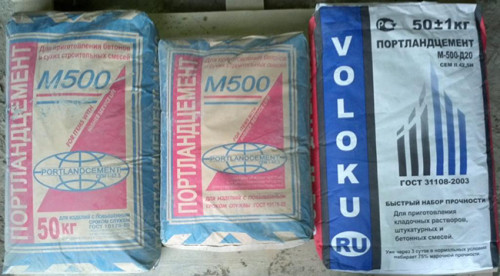
Cooking cement
Upon learning of whether it was not necessary to take care of the preparation of cement, we move directly to business. Consider everything in more detail.
How to breed cement
For breeding cement you will need a bucket. We carry out everything like this:
- prepare water and sand;
- pour the bucket half water;
- add a little detergent to water (about 100 grams);
- the second half of the bucket fill with sand;
- fall asleep from above cement for full bucket filling;
- place the resulting mixture in the concrete mixer, if available, and thoroughly mix everything for 2-3 minutes;
- if necessary, add another half of the sand bucket.
If suddenly the mixture came out some thick, you can quickly fix it. To do this, some water should be added to the cement solution.
In addition, there is one people's method that allows us to evaluate the thickness of the resulting mixture. Take any wand and draw something on the surface of the mixture. If the drawing is stopped and does not break - cement turned out quality.
Cement ratio on concrete cube
During the preparation of concrete, even small errors in the calculations can badly affect the future on the foundation. Even such options are quite likely when cracks go through concrete, or it will simply begin to crumble almost immediately after drying.
Relieve exclusively from the cement brand when you are preparing to one or other works. If you are facing the purpose of the walls of the walls, the concrete M-300 is perfect. But for the fill of the foundation, in turn, it will no longer correspond. Here you will come in handy M-200.
Naturally, each construction work requires a different ratio of cement in concrete, which must always be monitored. But it is not very difficult. The main criterion here is a potential burden on the erected construction object. If the load is large, the cement brand must be higher, and if it is a curvature, removed from the house, which is almost decorative, a lower coefficient is suitable here.
Among the experienced builders there is even an opinion on the optimal mixture of sand and cement, to obtain a better proportion for a cubic meter of concrete. Such a mixture should include:
- 350 kg of cement;
- 5 cubic meters of sand;
- 8 cubic meters gravel.
Calculation of cement for brickwork
If you have a brick masonry, it also plays a big role rationally cooked cement. The ideal option will be the proportion of the amount of cement to sand 1 to 4. With such calculations, it will not be difficult for it to understand that to obtain a 1 cubic meter of the solution, you will need about 250-260 kilograms of cement.
How to breed cement for plaster
Plastering walls, despite many erroneous opinions, is also a fairly serious occupation, which directly depends on the qualitative choice of the proportions of the components used.
For plaster, a special composition is used, which is a few species:
- skinny;
- normal;
- fatty.
It is not difficult to guess that the largest coefficient of cement can be found in the fatty variety of plaster.
For plaster, a cement-sandy solution is needed, which is created by their cement M-400, sand and a lime mortar. The ratio of cement to the sand here should be 1 to 5.
You need to know that, provided that the cement is old, it should be taken a little more.
When the mixture is done, it must be seen in the concrete mixer. But if the work performed is not particularly large-scale, or you do not have a concrete mixer, it is quite capable of helping the old bath.
To determine the correct consistency, you need to turn the trowel to the vertical position. If the cement is slipping from it - everything is fine.
How to breed cement - video
At the end of our conversation to consolidate everything read, we recommend that you look at a small video lesson in which it describes in detail and is shown how to breed cement. If you have any questions, then this video will give exhaustive answers to them.

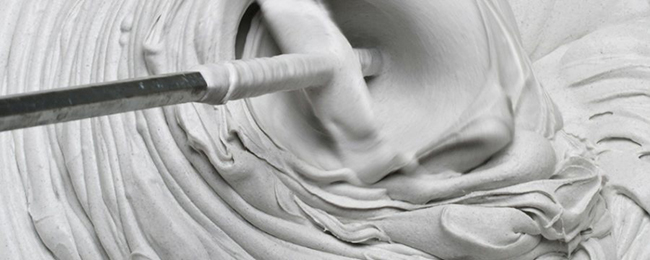
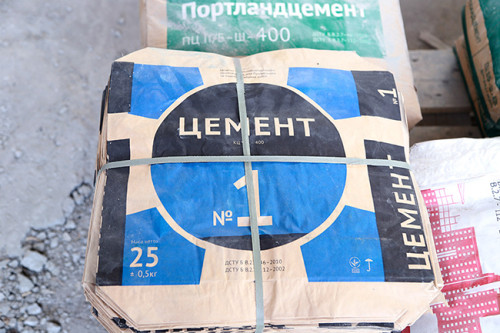
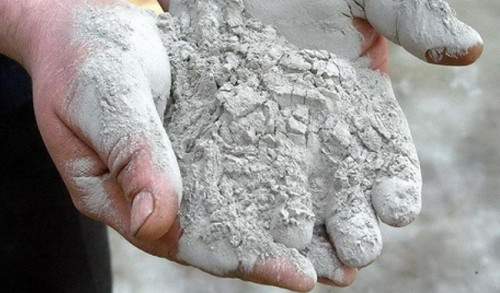
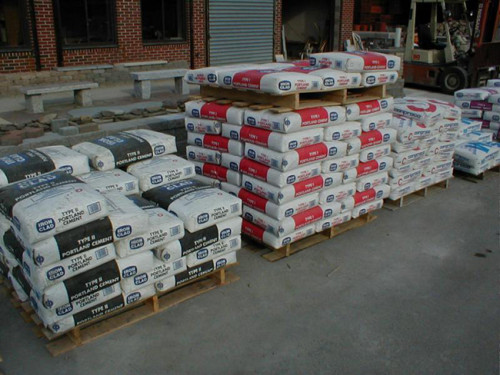

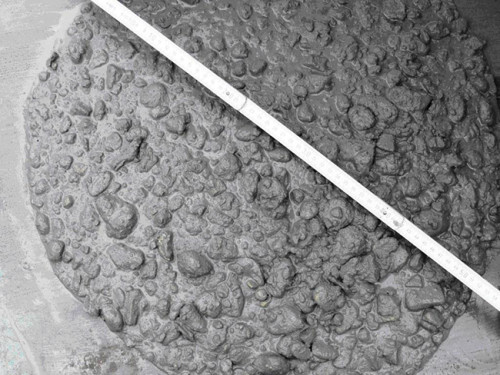
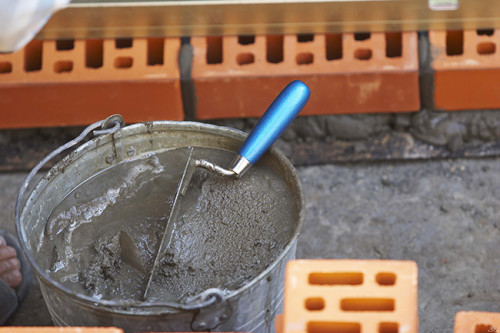
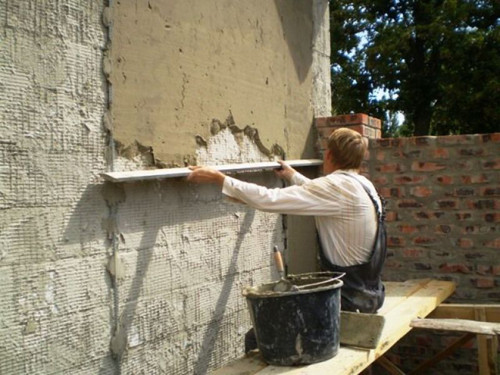

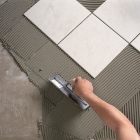


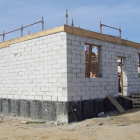
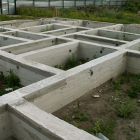


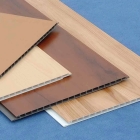
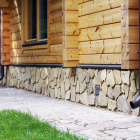
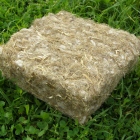
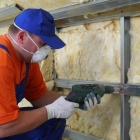
 Start a discussion ...
Start a discussion ...